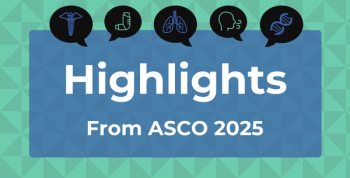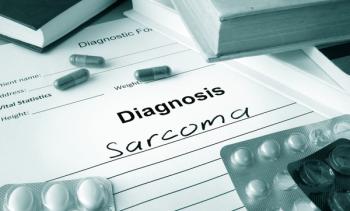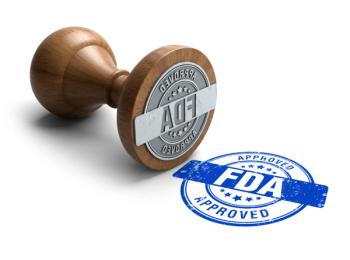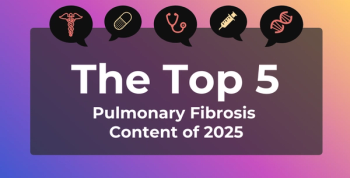
Study Says Therapeutic Substitution, While Controversial, May Help Decrease Drug Costs
A new study in the June 2016 issue of JAMA Internal Medicine found that between 2010 and 2012, an estimated $73.0 billion in excess of generic cost was spent on brand drugs within the same class.
A new study in the June 2016 issue of
Earlier studies of therapeutic substitution have suggested that large savings would result if it were adopted by Medicare Part D, and have shown that there is a high level of branded proton pump inhibitor use and expenditure even though a therapeutically equivalent generic medication is available. Some experts believe that because the prescription drug market became more efficient after states allowed for generic substitution of prescription drugs, therapeutic substitution should be allowed. However, therapeutic substitution remains controversial for many reasons, including strong opposition by physicians who perceive it as an encroachment on their autonomy, as well as concerns about efficacy, adverse drug effects, drug interactions, and different indications when drugs are changed because of therapeutic substitution.
The present study by Johansen and Richardson included 107,132 individuals, 62.1% of whom reported use of any prescribed medications. The expenditures were concentrated among statins, atypical antipsychotics, angiotensin receptor blockers, serotonin-norepinephrine reuptake inhibitors, selective serotonin reuptake inhibitors, and proton pump inhibitors. (Certain medicines were excluded from the study if they were not clearly included in a drug class (eg, aripiprazole), or if the drug was used for an FDA-approved indication for which there was no available generic medication. In total, the excess expenditure due to branded drug overuse accounted for 9.6% of total prescribed medication expenditure. Total out-of-pocket (OOP) expenditures were $175 billion between 2010 and 2012, of which OOP excess expenditure due to brand drug overuse was 14.1%.
“Although therapeutic substitution is controversial, it offers a potential mechanism to decrease drug costs if it can be implemented in a way that does not negatively affect quality of care,” the authors conclude.
Newsletter
Stay ahead of policy, cost, and value—subscribe to AJMC for expert insights at the intersection of clinical care and health economics.







































